In a remarkable display of technological innovation and human resilience, Neuralink, the neurotechnology firm founded by Elon Musk, has successfully enabled a paralyzed patient to play chess using only his mind. This groundbreaking achievement not only showcases the capabilities of Neuralink’s brain-computer interface technology but also opens new doors for individuals with mobility impairments.
Key Highlights:
- Neuralink implanted its N1 chip into Noland Arbaugh, a 29-year-old paralyzed from the shoulders down, allowing him to control a computer cursor and play chess with his thoughts.
- The N1 chip was surgically inserted into Arbaugh’s skull, connecting to his brain via ultra-fine threads that can detect neural signals and stimulate neurons.
- This technological breakthrough was demonstrated in a livestream video shared by Neuralink, marking a significant step forward in neurotechnology and offering hope to individuals with neurological conditions.
- The surgery, described as “super easy” by Arbaugh, resulted in no cognitive impairments, illustrating the safety and effectiveness of the implantation procedure.
- The device, encased in a biocompatible material, wirelessly transmits brain signals for processing and analysis, showcasing the potential for restoring independence to those affected by paralysis.
A New Era in Neurotechnology
The success of Neuralink’s first human clinical study represents a monumental leap in the field of neurotechnology. With the FDA’s approval in the previous year, Neuralink has not only proven the functionality of its N1 chip but has also highlighted the transformative power of such technology. The ability for individuals to control digital interfaces purely through thought opens up a myriad of possibilities for enhancing the quality of life for those with physical limitations.
The procedure involved the implantation of the N1 chip, containing 1,024 electrodes capable of detecting neural signals and stimulating neurons, into Arbaugh’s skull. This chip, designed to endure the physiological conditions within the human body, has shown no adverse effects on the patient’s cognitive abilities post-operation.
The First Human Patient
Neuralink’s technology demonstration involved a patient who had sustained a diving accident eight years prior, resulting in paralysis from the shoulders down. During the livestream, the individual controlled a computer cursor to play a simple game of chess solely through mind commands.
While there have been prior cases of paralyzed individuals using BCIs to perform basic actions, the precision and complexity of controlling a chess game represent a substantial leap for the technology.
The Future of Neuralink
Although there are hurdles to overcome before widespread use of such technology, this achievement is a crucial milestone for Neuralink. The company still faces regulatory challenges and ethical questions surrounding the long-term implications of human-computer symbiosis.
Neuralink’s achievements offer a glimpse into a future where the barriers imposed by physical limitations can be overcome. The technology not only promises to restore independence to those affected by paralysis but also has the potential for broader applications in treating various neurological conditions. As Neuralink continues to refine and test its technology, the world watches closely, hopeful for the myriad ways in which this pioneering work can improve lives.
Noland Arbaugh’s story is not just a testament to technological advancement but also to the human spirit’s indomitable will to break free from the constraints of physical limitations. As we stand on the brink of a new era in medical science and technology, Neuralink’s work exemplifies the profound impact innovation can have on humanity.

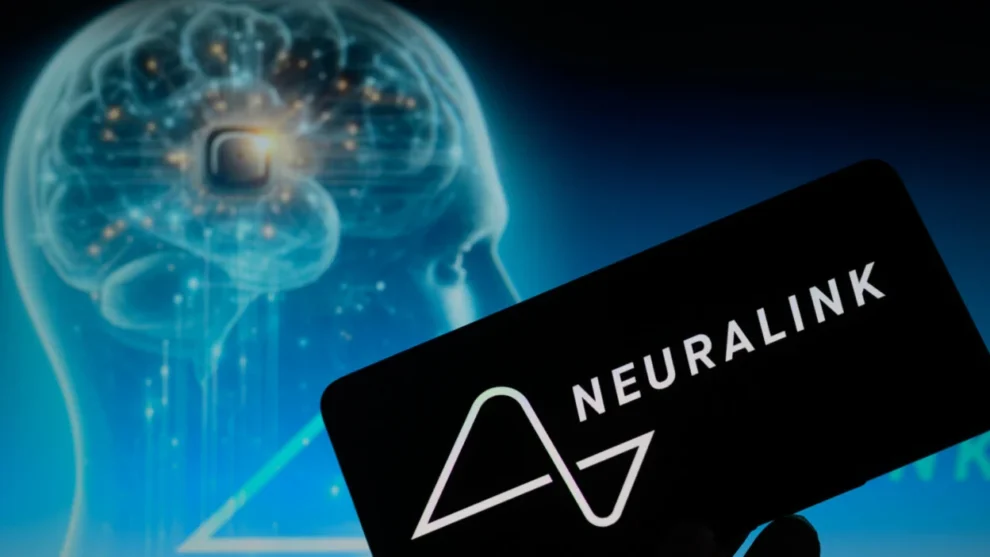
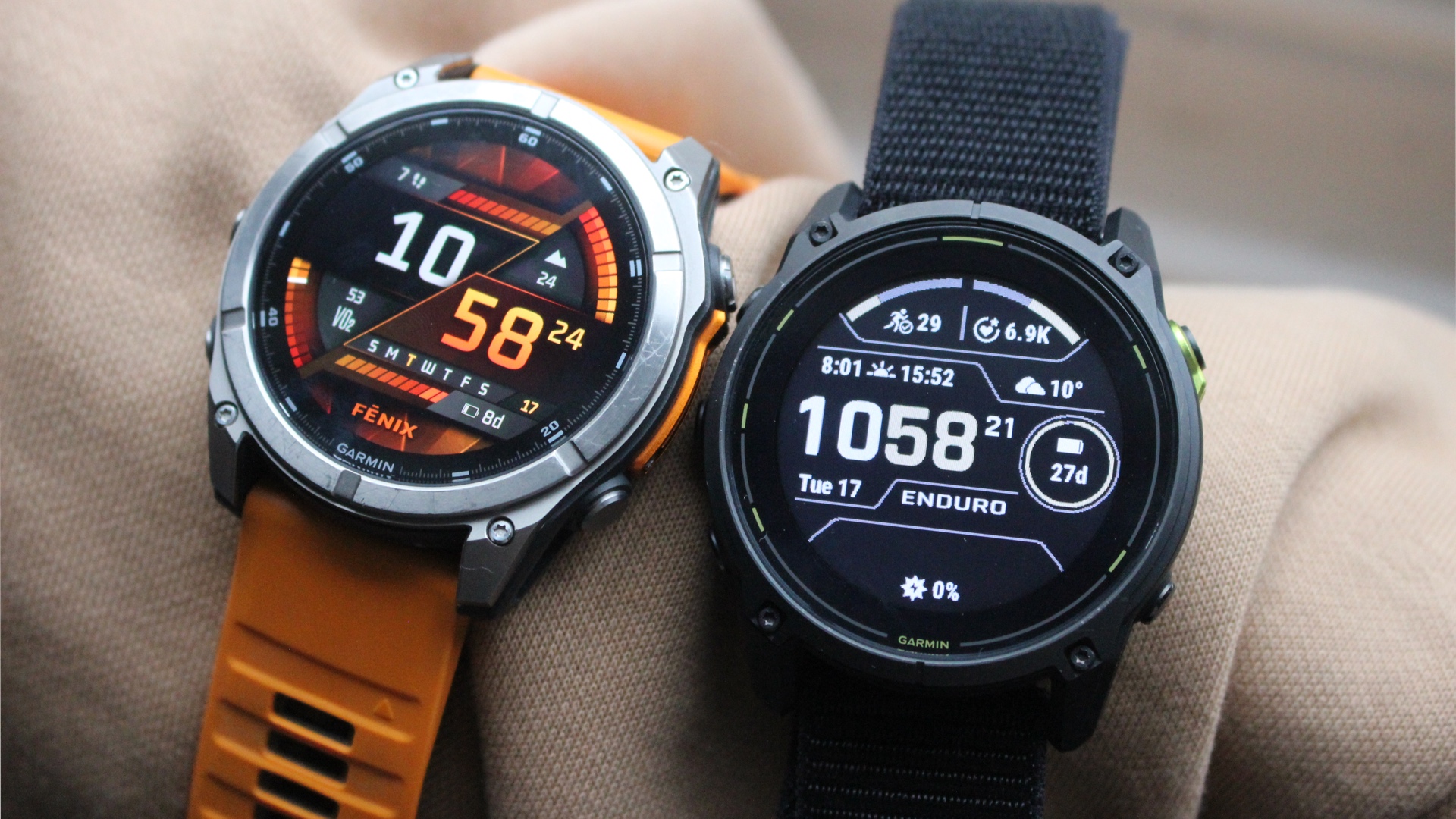

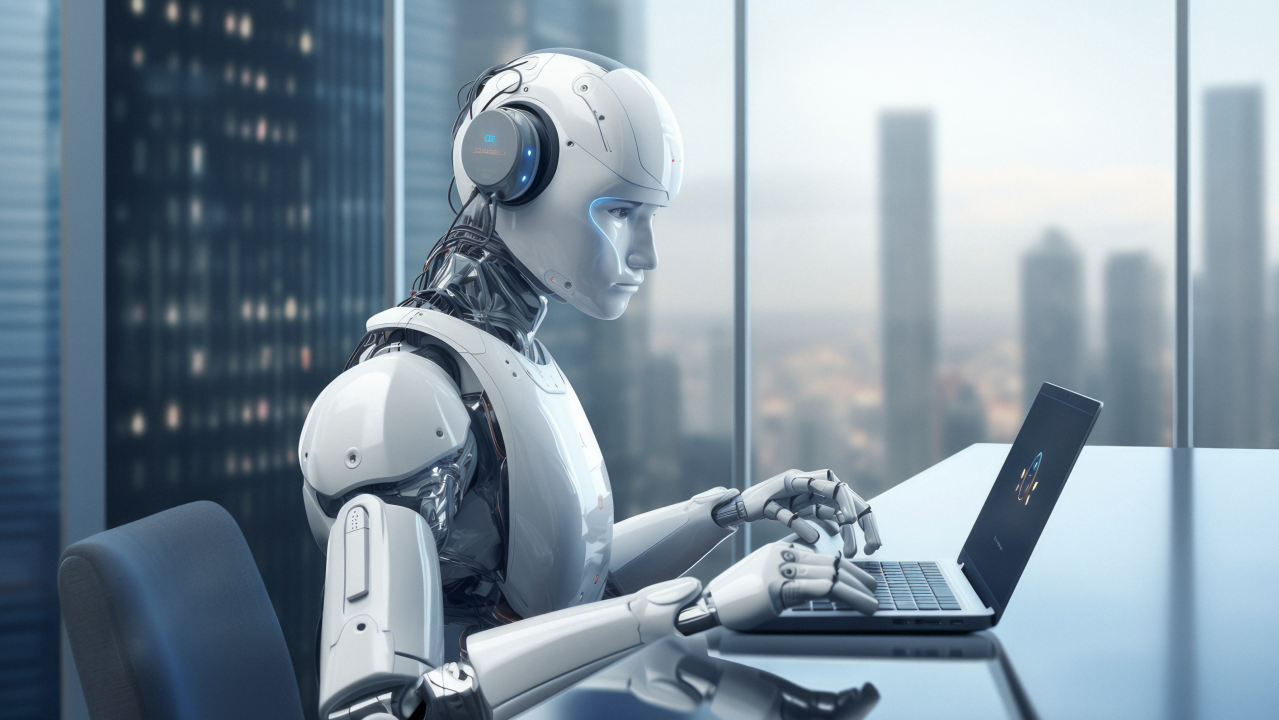
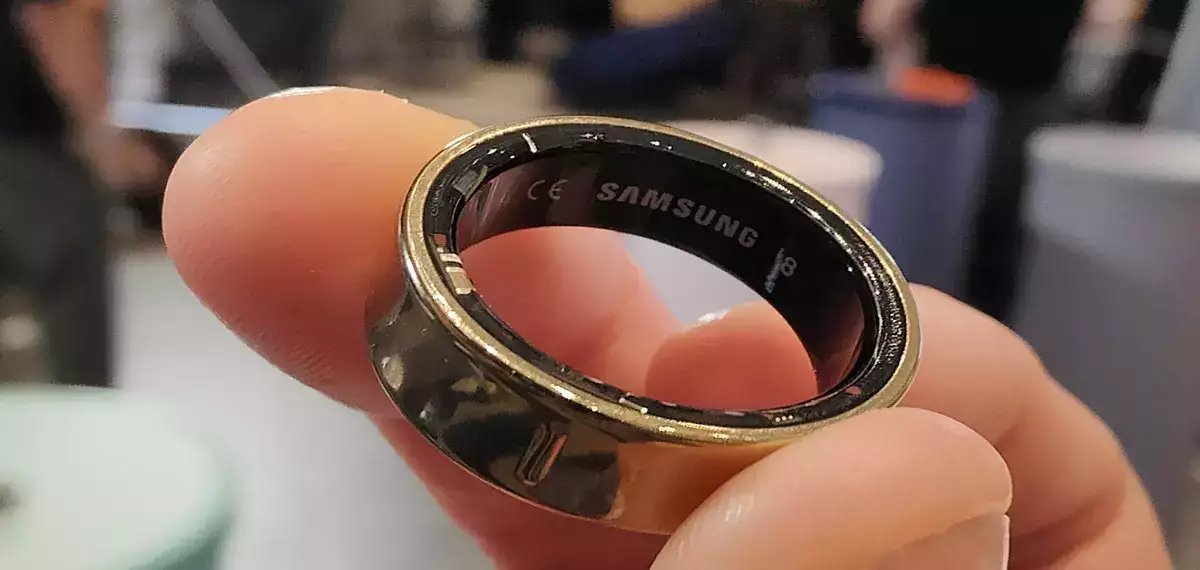
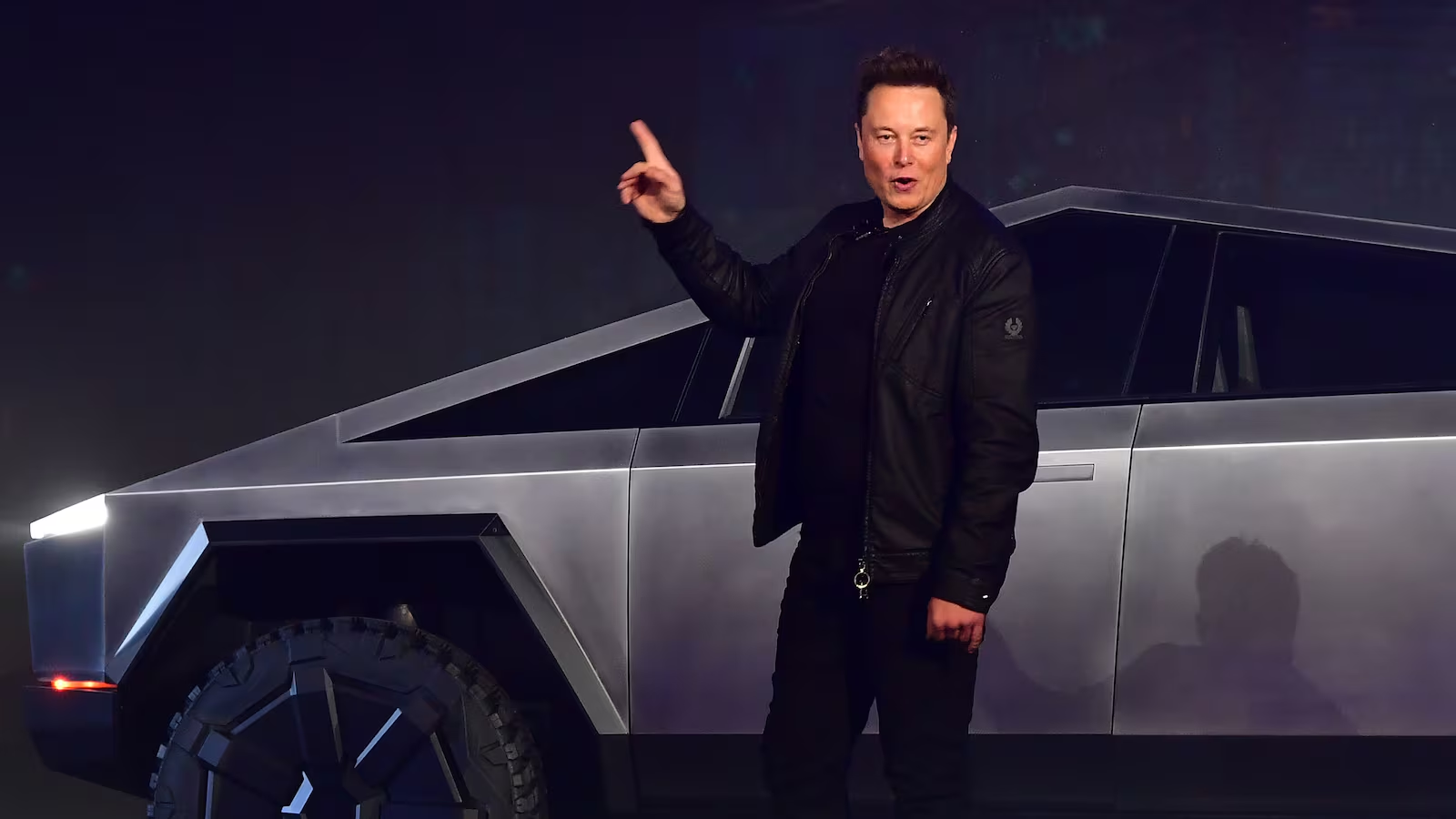
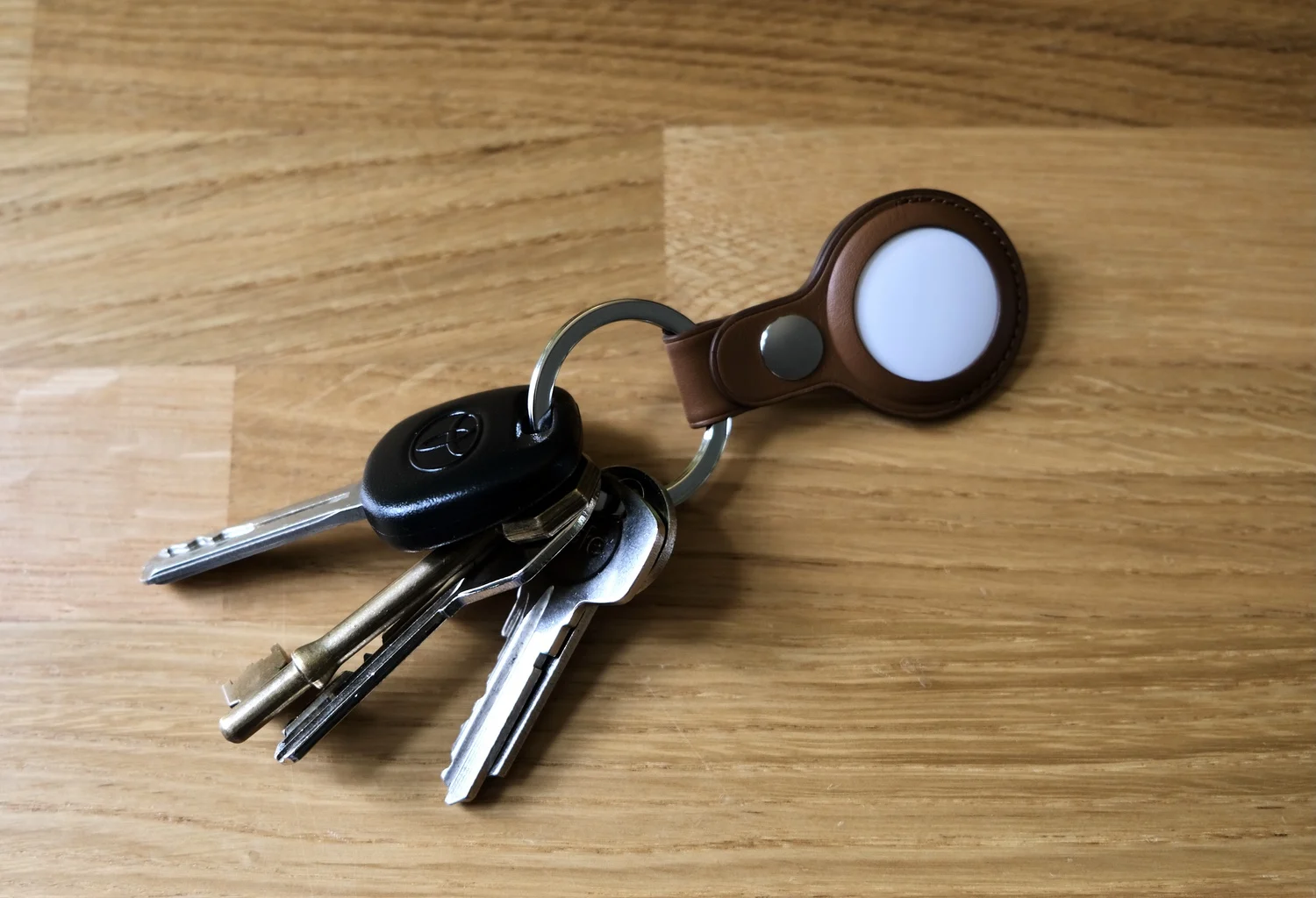
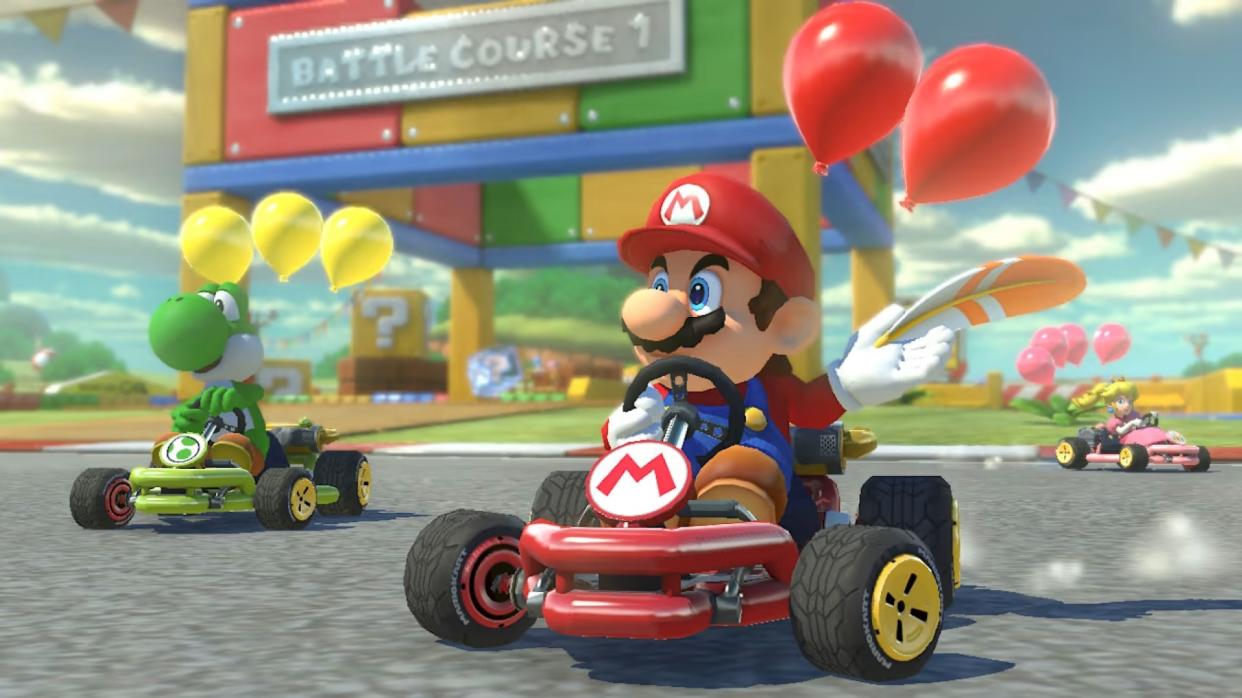
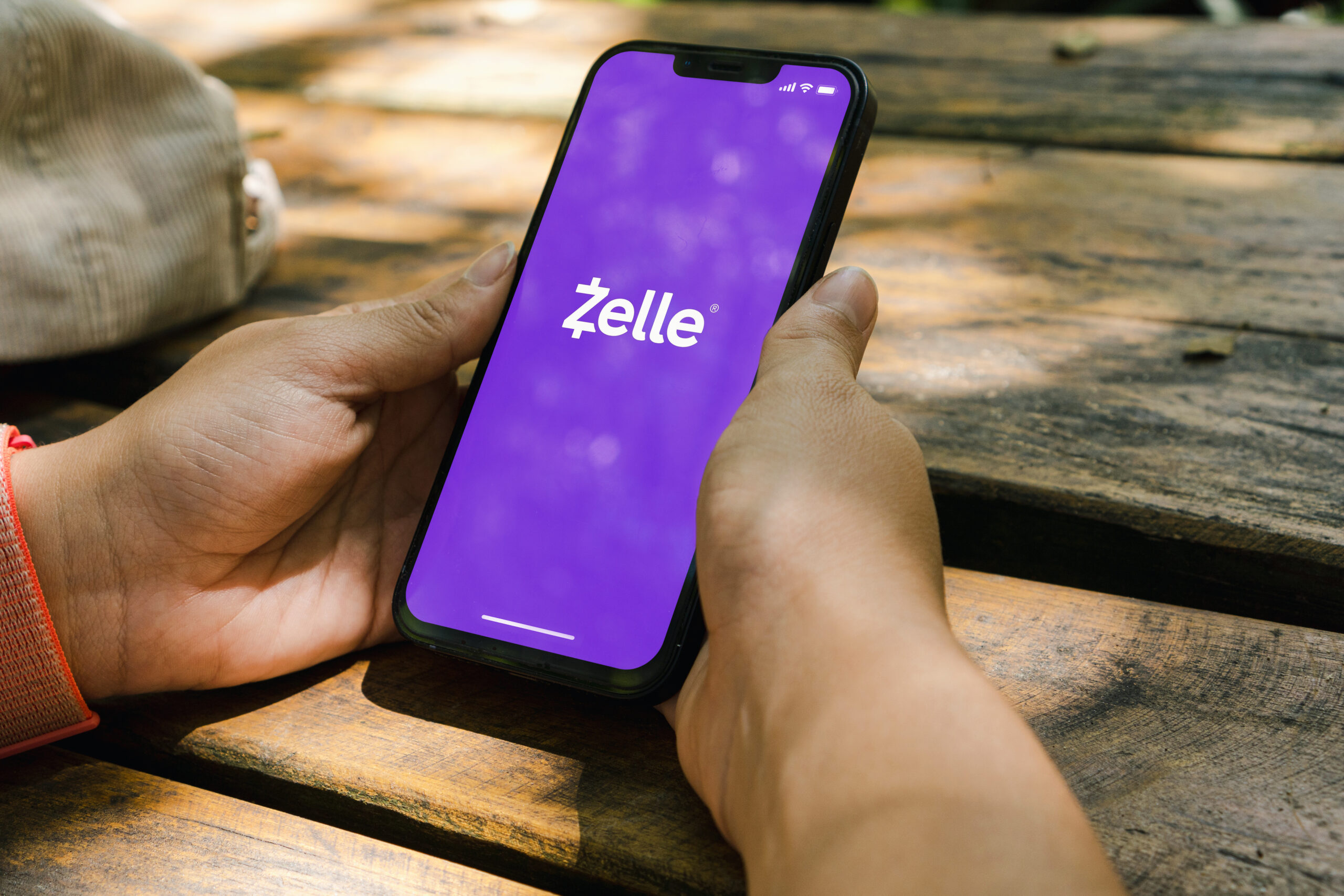
Add Comment